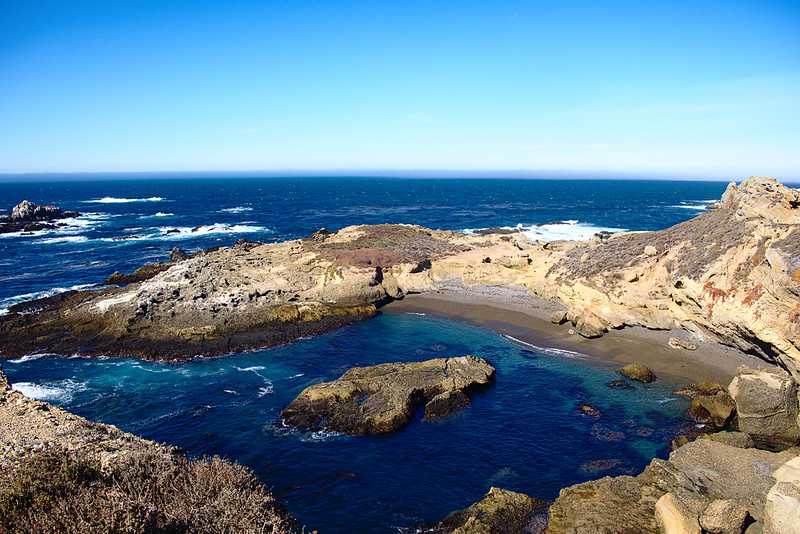
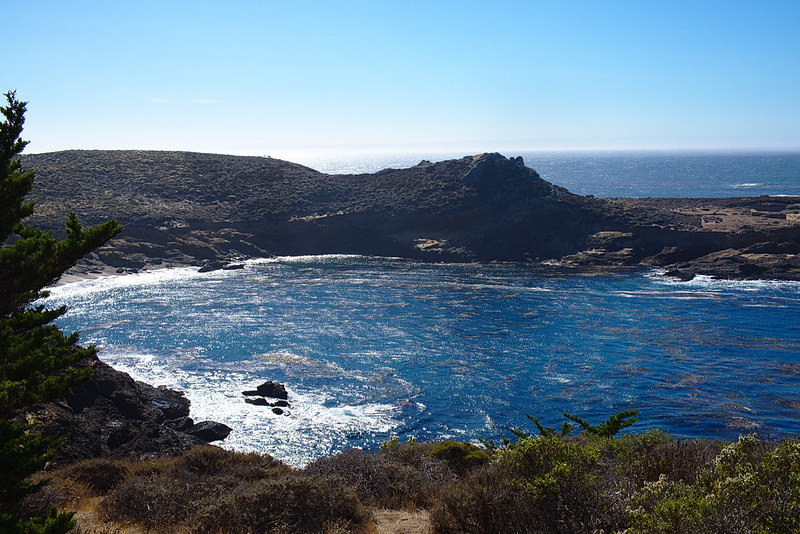
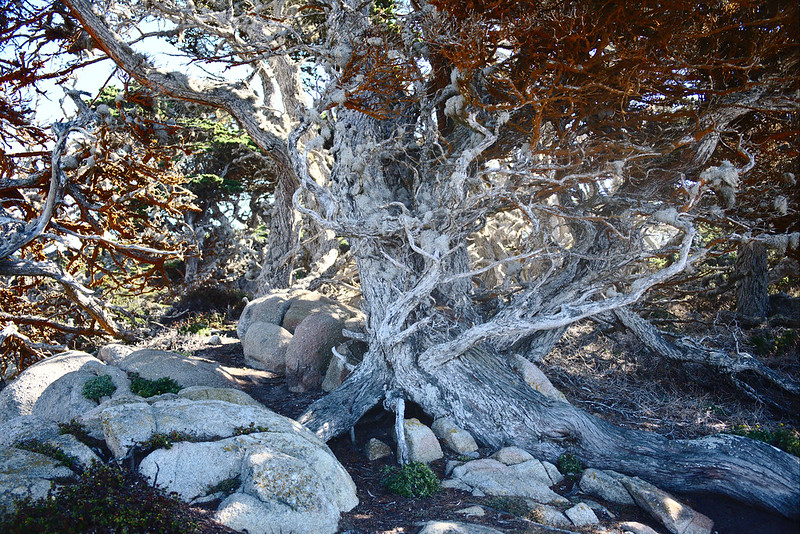
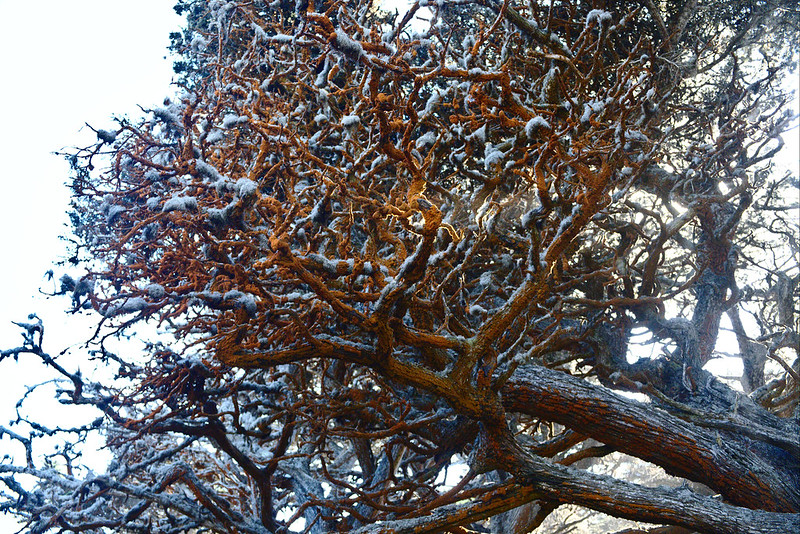

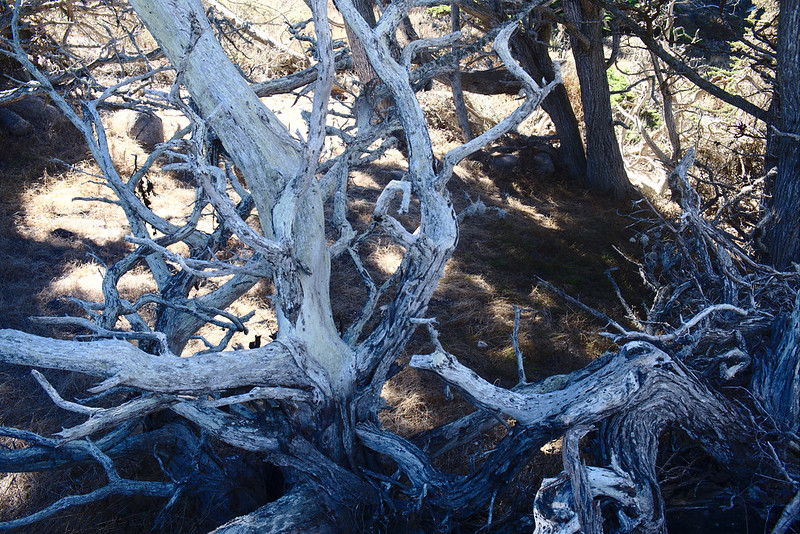

by Mary
We made another trip to Thredbo this year after all, this year in intense drought.





This article was originally published on the Geek Feminism wiki . It is republished here according to the terms of its Creative Commons licence, with a revised title and slightly edited.
Nóirín Plunkett (1985–2015, also known as Trouble Plunkett and for a few years as Nóirín Shirley) was a Apache Software Foundation VP, technical writer, public speaker, FOSS documentation contributor, and software and technology industry project manager. They died in July 2015.
Warning: not all memorials used Nóirín’s preferred pronouns: they/their/them.
Obituaries: Irish Times, Massachusett
Internet Archive: Nóirín’s blog

Remembering Nóirín Plunkett by Geek Feminism Wiki contributors and Mary Gardiner is licensed under a Creative Commons Attribution-ShareAlike 4.0 International License.
Based on a work at https://geekfeminism.fandom.com/wiki/N%C3%B3ir%C3%ADn_Plunkett.
When asked for a Waimea Canyon lookout, Google Maps took us to an essentially arbitrary place on Waimea Canyon Drive with perfectly decent views of the canyon, rubbish parking, and a rather scary dropoff. But coming up Waimea Canyon Drive meant that we ran into another essentially arbitrary place with truly terrifying parking: the Red Dirt Falls, about 2km south of the fork with Kokee Road.
Photos of Kauaʻi, January 2018 (in progress).
For almost all of our trip, Kauaʻi beach safety reports seriously overestimated how dangerous the surf was. Theory: it’s winter, it must be terrible! Practice: my non-swimming four year old is safe and comfortable.
Shipwreck’s Beach was the major exception. It was certainly survivable, particularly past the breakers where not coincidentally most of the swimmers were, but neither of my children swim well enough to penetrate a churning wall of water.
Pretty though!
Photos of Kauaʻi, January 2018 (in progress).